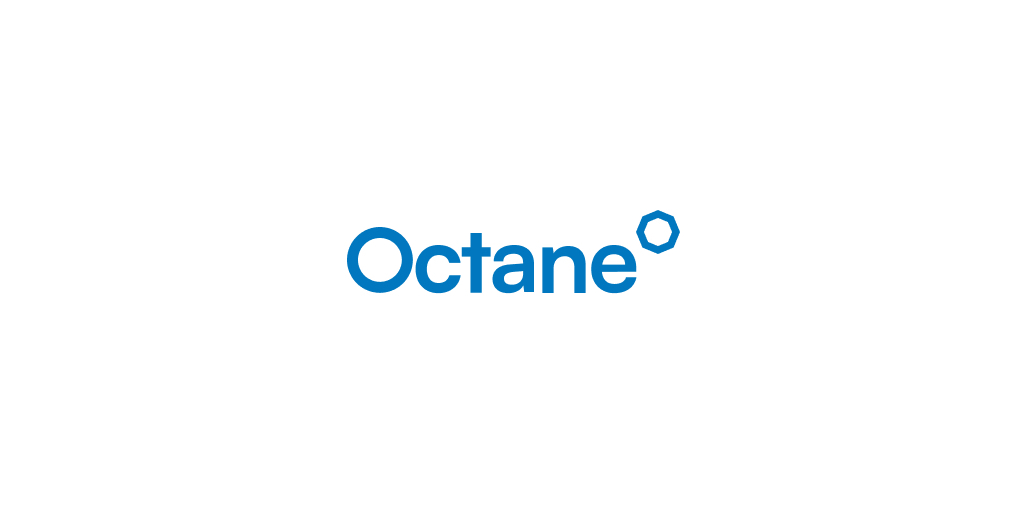Mineral Resources (MinRes) has commissioned its first transhipper – MinRes Airlie – after successfully completing sea trials. The innovative transhippers are an integral part of the transport solution for its Onslow Iron project, which it says will unlock billions of tonnes of stranded iron ore in the west Pilbara region.
Sea trials included testing the Articulated Tug and Barge (ATB) system, with the tug successfully interlocking to the barge to power the transhipper. Other manoeuvres tested included speed, turning angles, time to stop and checks of the navigation and mechanical systems, with trials held off the coast of Ningbo Zhoushan port in China.
MinRes Executive General Manager Marine Jeff Weber said it was fantastic to commission the first bespoke transhipper. “This is an important milestone for the Onslow Iron project, with the delivery of our first transhipper on time and on budget, with the ATB system proven technology. The sea trials are an opportunity for us to ensure all systems are working as they are intended to, with safe operations our utmost priority. The shallow-draft transhippers are pivotal to making the Onslow Iron viable, with transhippers significantly reducing the project’s environmental footprint and capital investment, compared to dredging a deep-water port.”
Sea trials for the remaining transhippers will occur in a staged approach, with the first two vessels due to arrive at the Port of Ashburton in the coming months to commence operations mid-year. The transhippers, named after islands off the Pilbara coast, were designed by MinRes with the support of naval architects and engineering firms based in Australia and Canada. Once fully operational, the fleet of seven transhippers will be one of the largest and most sophisticated transhipping operations in Australia. Onslow Iron is projected to ship around 35 Mt of iron ore per year, with an expected mine life of more than 30 years.




